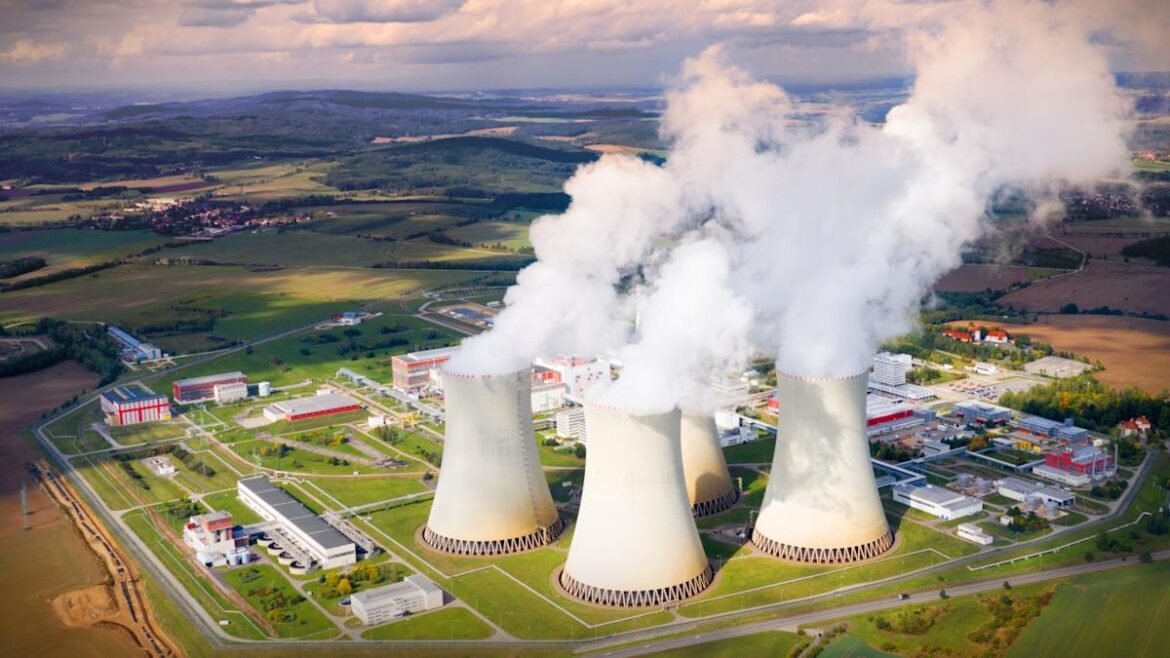Vistra (VST) missed Q3 revenue expectations by 19.3% but initiated 2026 adjusted EBITDA guidance of $6.8B to $7.6B, representing 22% to 29% growth.
Vistra generated $923M in free cash flow during Q3 and authorized an additional $1B share buyback program through 2027.
The revenue miss was driven by lower mark-to-market gains on derivatives and a plant outage, while realized energy and capacity prices improved.
Some investors get rich while others struggle because they never learned there are two completely different strategies to building wealth. Don’t make the same mistake, learn about both here.
Vistra Corp (NYSE: VST) reported Q3 2025 earnings before market open on November 6, missing revenue expectations sharply while signaling confidence through aggressive 2026 guidance and a $1 billion share buyback authorization. The stock fell roughly 4% in pre-market trading, though the company’s forward outlook and operational execution suggest the miss may be more tactical than strategic.
Vistra’s Q3 revenue of $4.97 billion fell 19.3% short of the $6.16 billion consensus estimate. That’s a significant gap. The miss was driven partly by lower unrealized mark-to-market gains on derivatives and the impact of a Martin Lake Unit 1 outage. Yet beneath the headline disappointment, the company demonstrated solid operational footing. Free cash flow came in at $923 million, and operating cash flow reached $1.35 billion. These metrics reflect the core business running well despite the revenue headwind.
Net income fell to $652 million from $1.84 billion a year earlier, a 64.6% decline. That drop was largely accounting-driven. Mark-to-market swings on derivative positions created volatility that masked the underlying strength in realized energy and capacity prices, which actually improved during the quarter.
What matters more right now is what Vistra sees ahead. The company narrowed its 2025 adjusted EBITDA guidance to $5.7 billion to $5.9 billion for ongoing operations. More important, it initiated 2026 guidance at $6.8 billion to $7.6 billion, representing 22% to 29% growth from the midpoint of 2025 guidance. That’s a meaningful acceleration, and management wouldn’t project it if they weren’t confident in the catalysts driving it.
Those catalysts are real. The company completed its acquisition of seven natural gas plants. It’s building two new natural gas units in West Texas. And it secured a 20-year power purchase agreement for Comanche Peak Nuclear Plant. These are multi-year revenue drivers that will compound over time.



